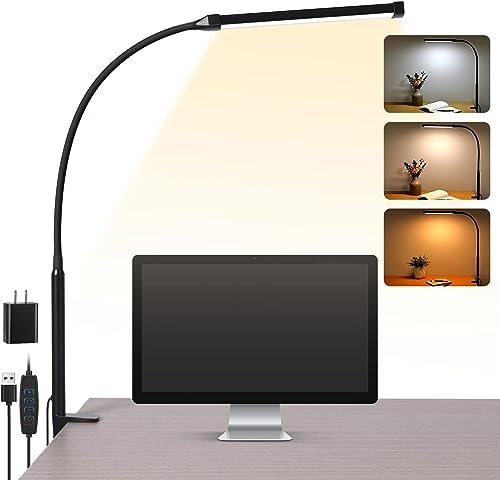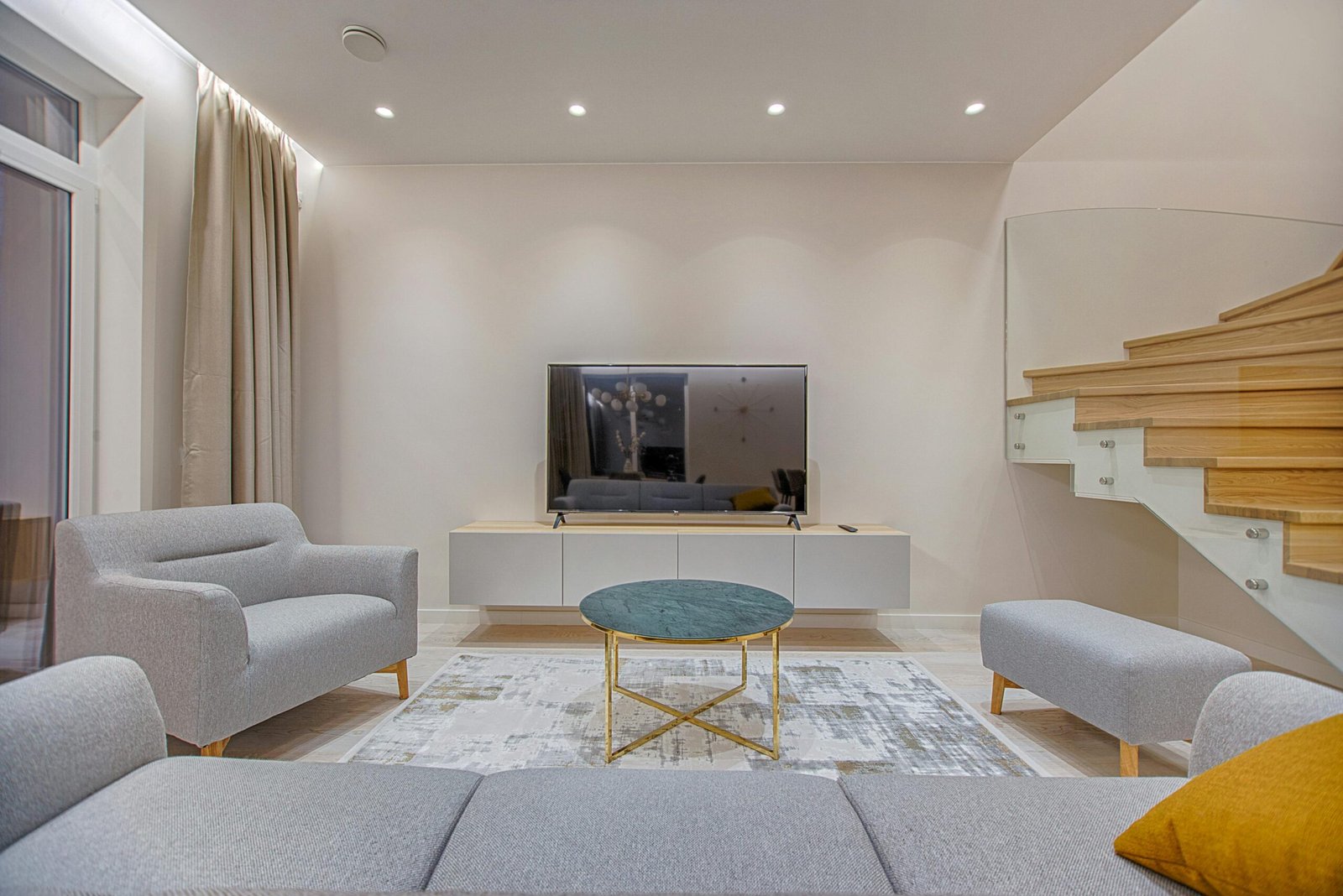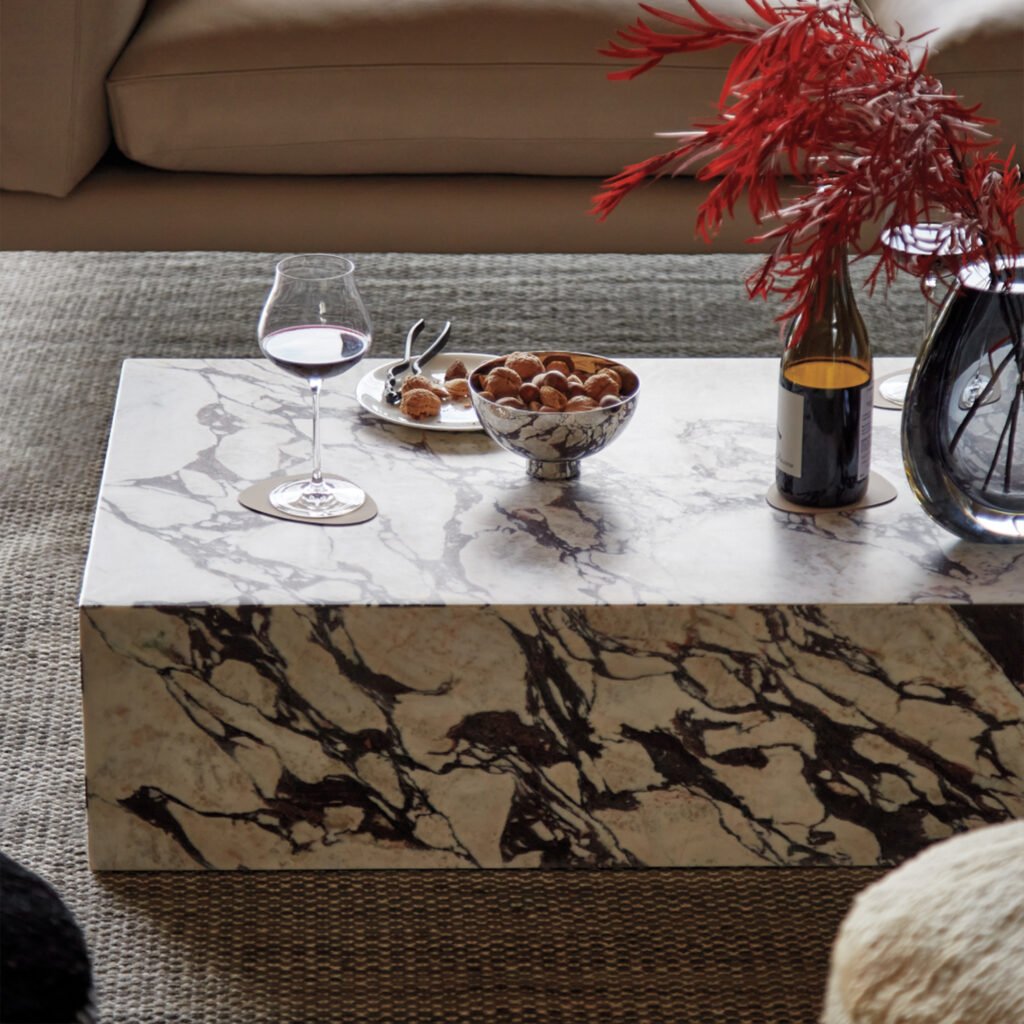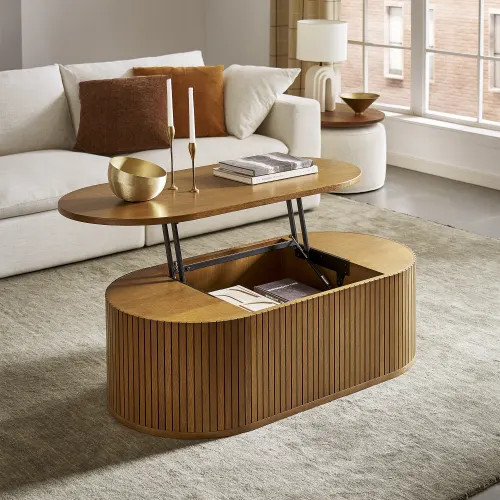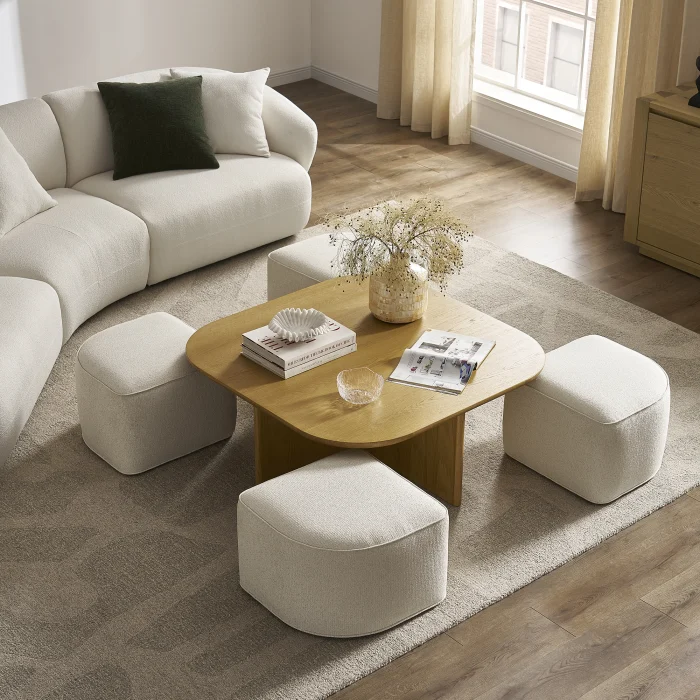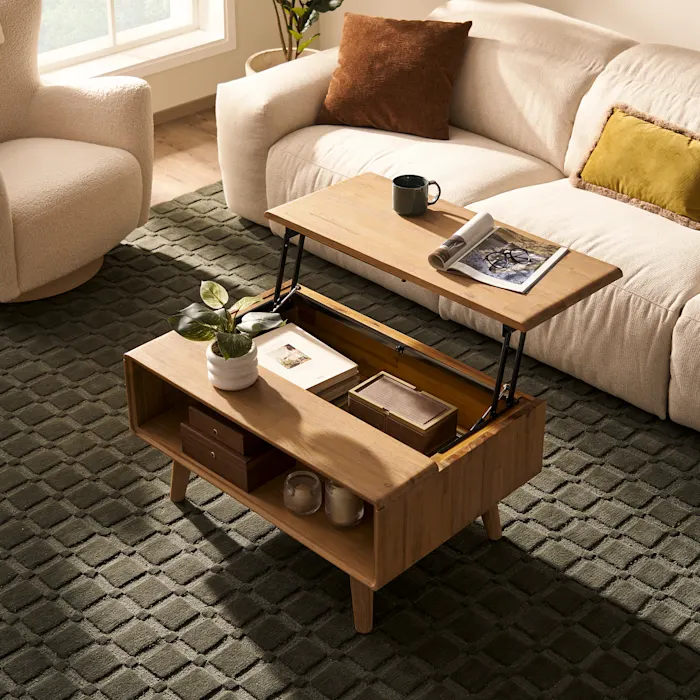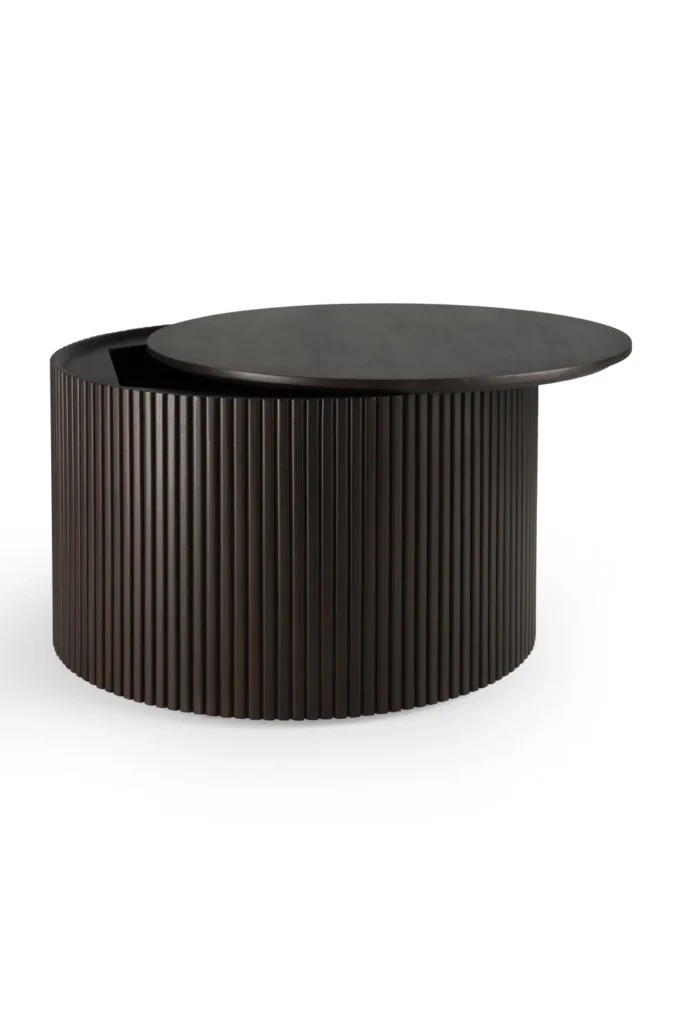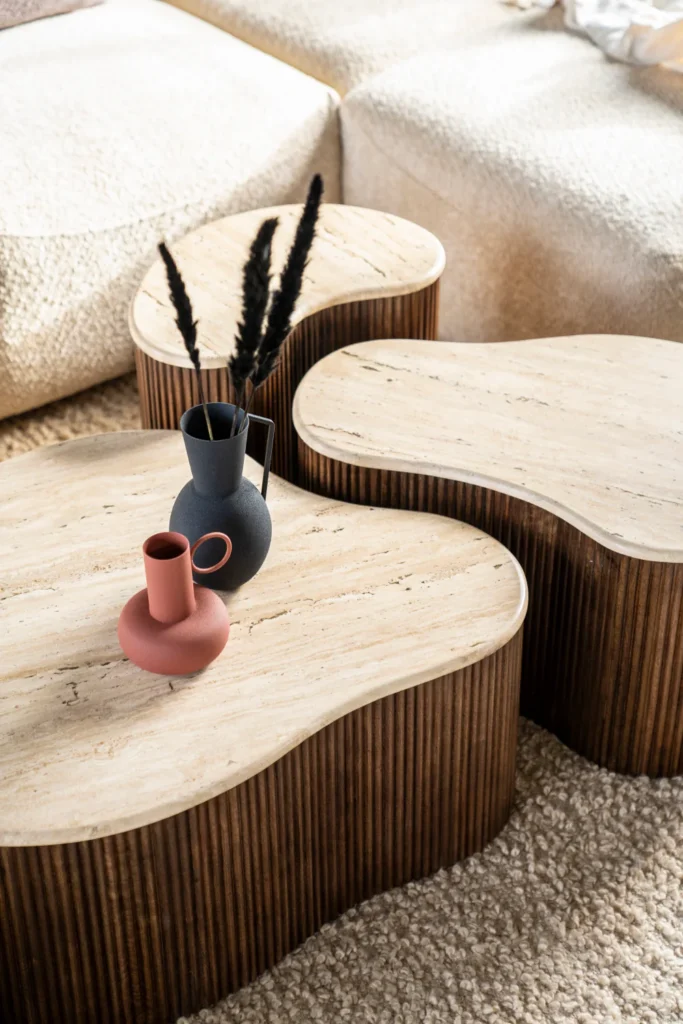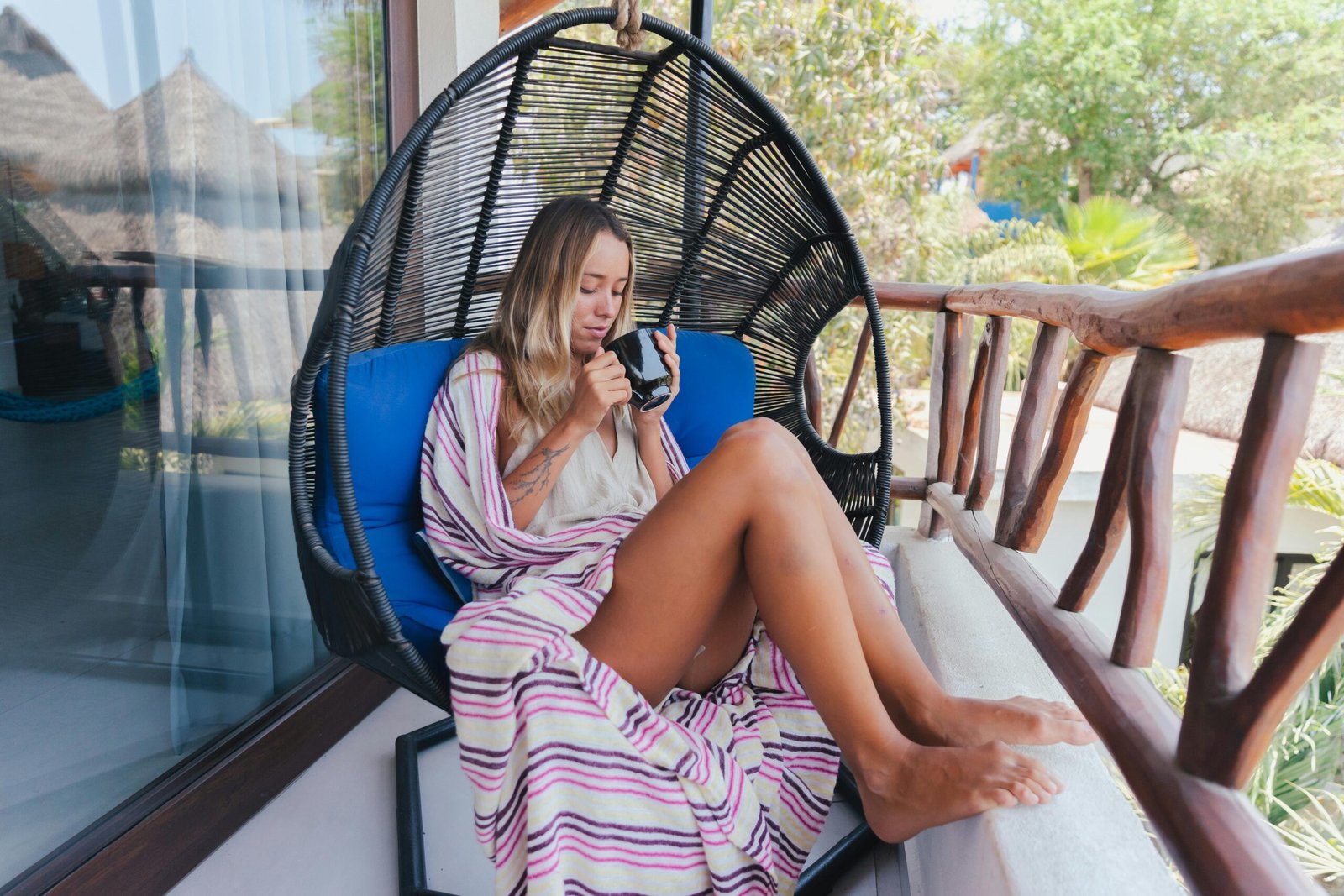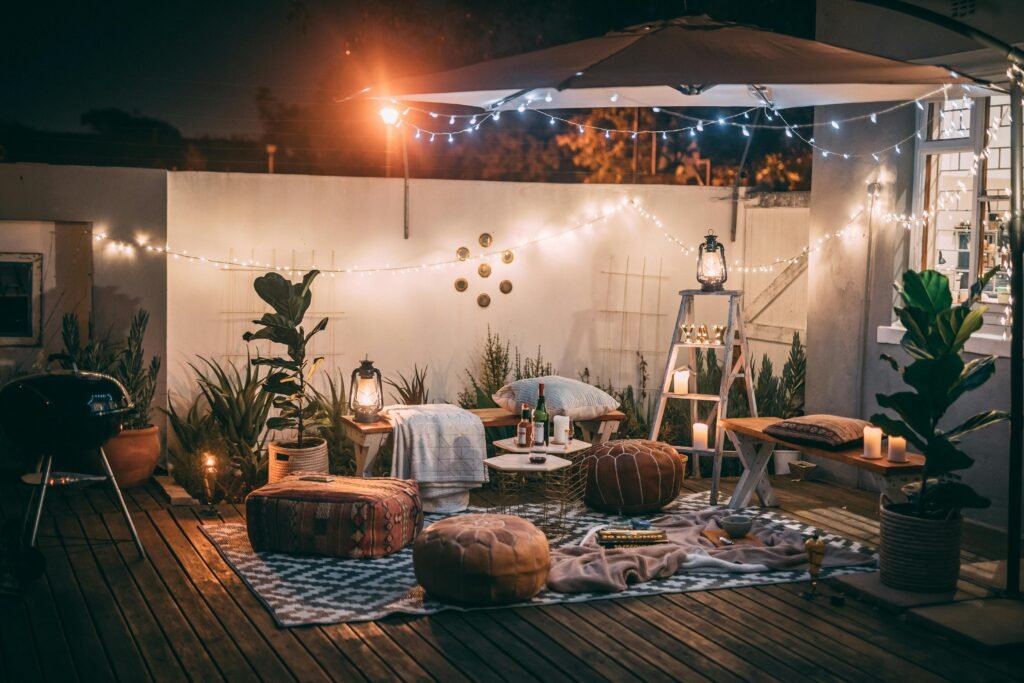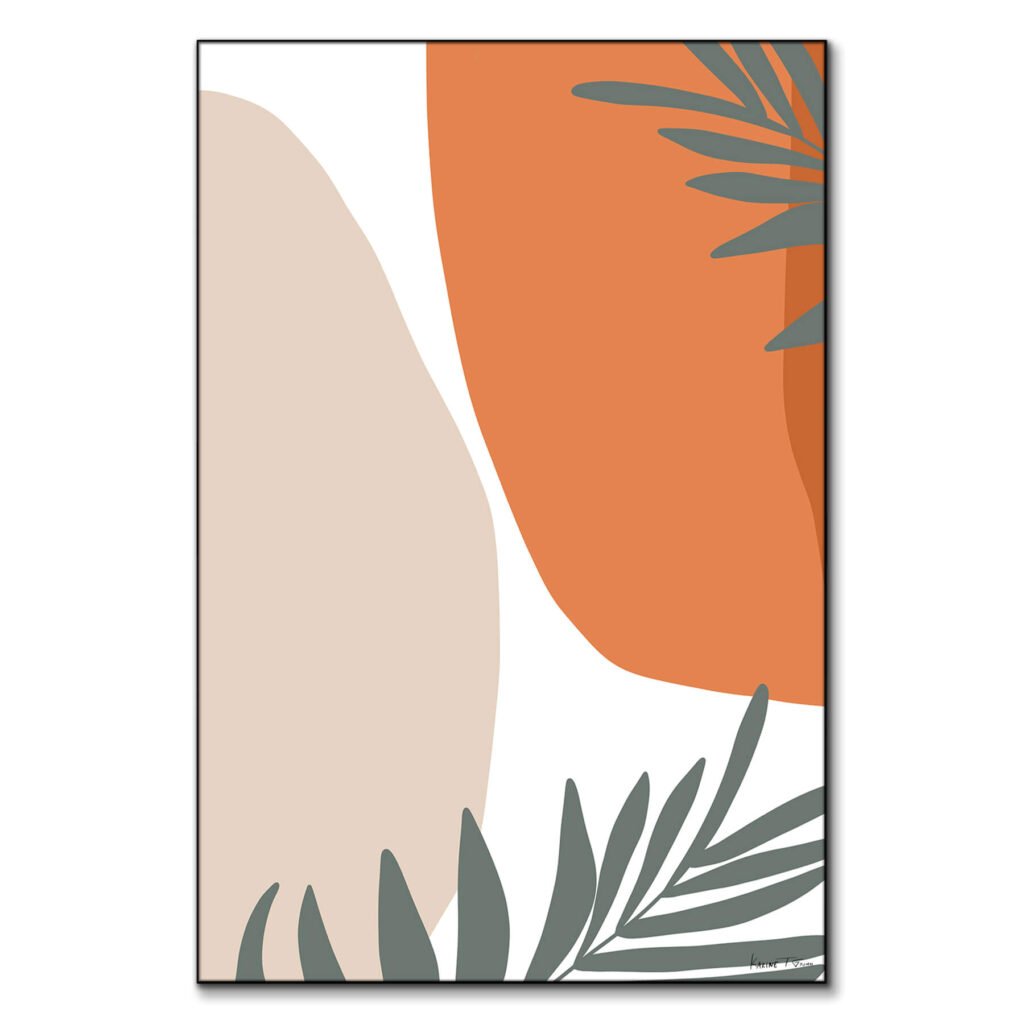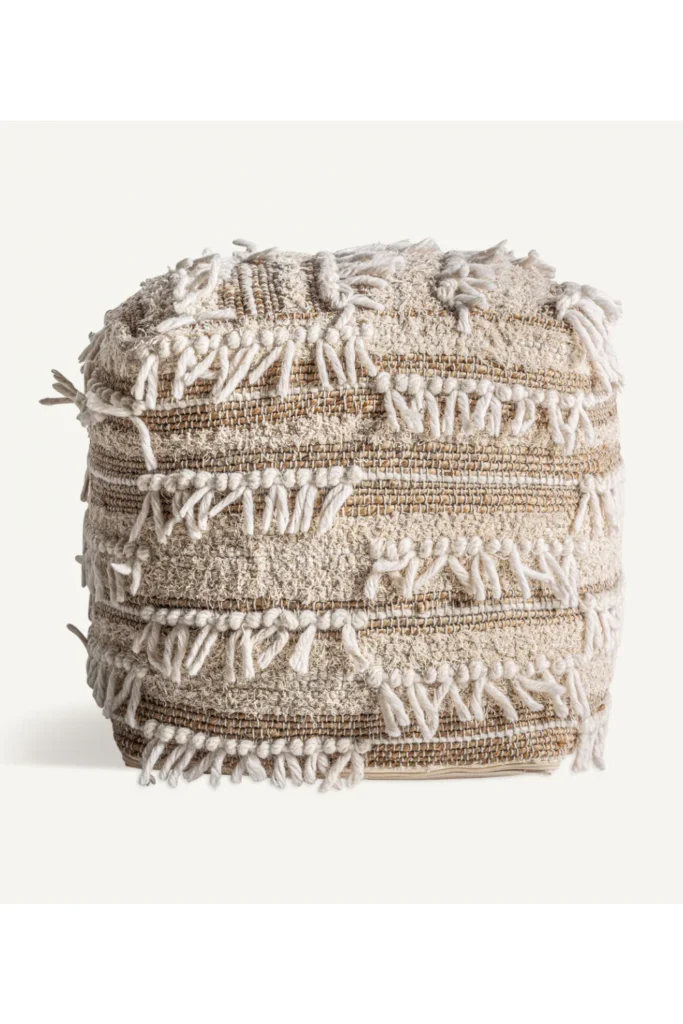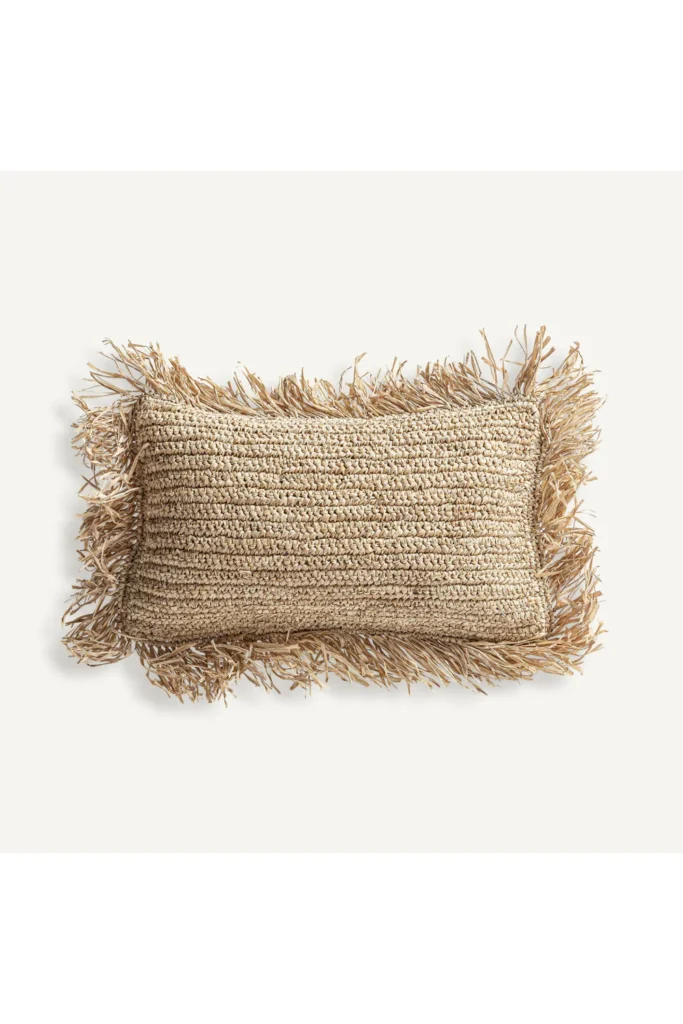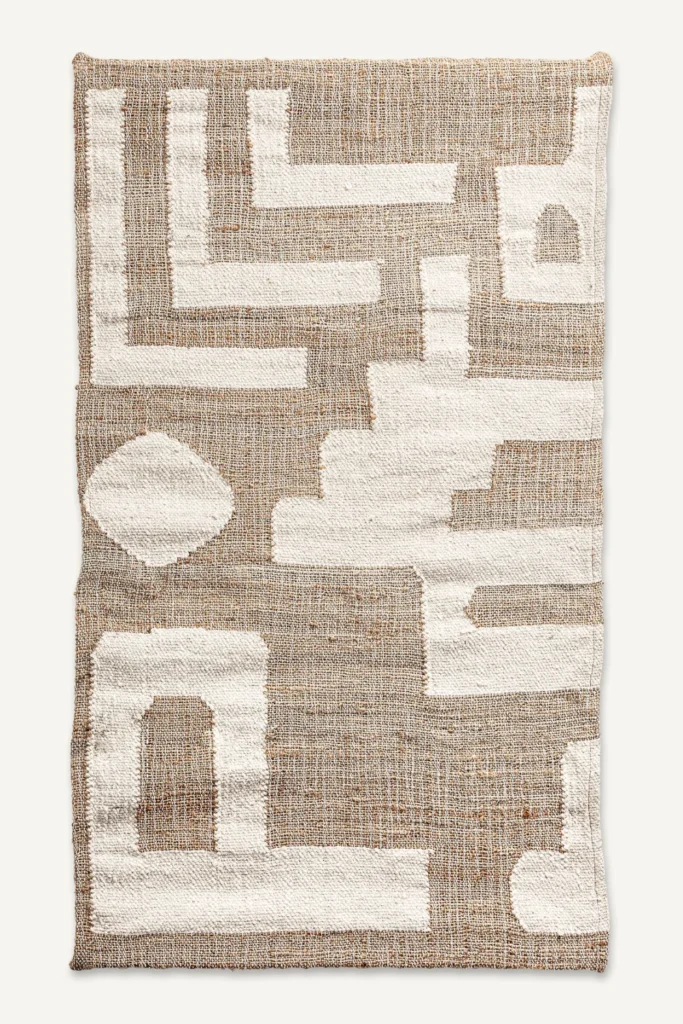Understanding the Importance of a Functional Home Office
In today’s rapidly evolving work environment, the significance of a functional home office cannot be overstated. With the rise of remote work, a growing number of individuals are finding themselves transitioning from traditional office spaces to their home environments. This shift emphasizes the necessity of creating an effective workspace that not only accommodates professional responsibilities but also fosters creativity and productivity.
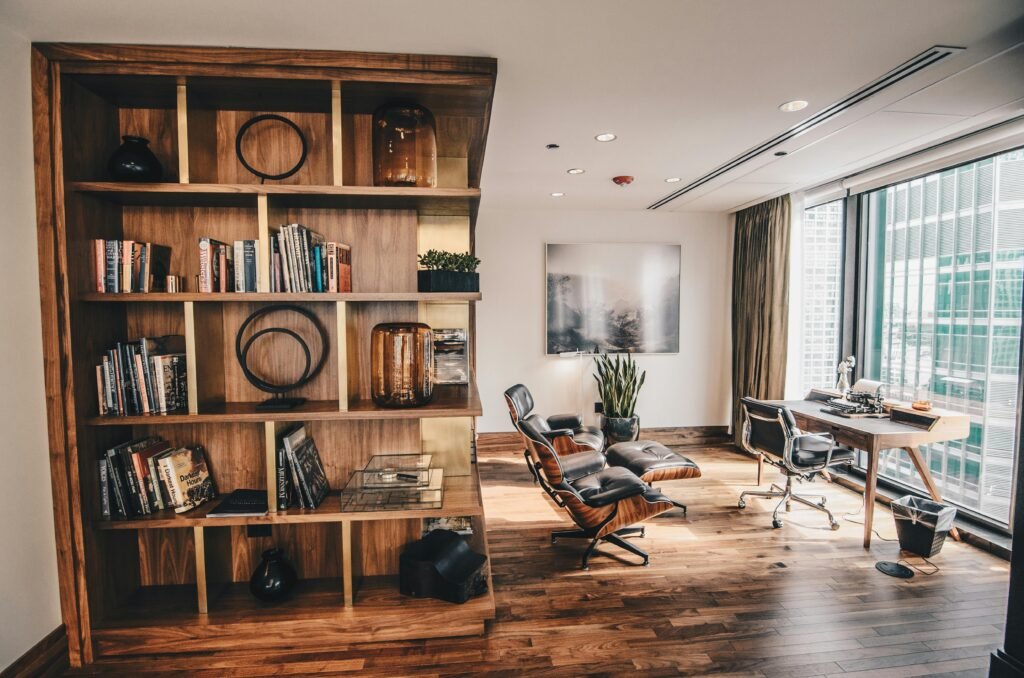
A well-designed home office plays a crucial role in enhancing an individual’s ability to focus and remain organized. By structuring a dedicated area for work, distractions can be minimized, allowing for a more concentrated effort on tasks at hand. Research indicates that individuals who maintain a structured workspace typically perform better in terms of productivity. This is largely attributed to the psychological benefits of having a designated area that signals the brain to shift into work mode.
Furthermore, the layout and amenities of a home office can significantly impact creativity. Elements such as proper lighting, ergonomic furniture, and organizational tools contribute to creating an atmosphere conducive to innovative thinking. When a workspace is intentionally designed, it can inspire individuals to engage in creative tasks more readily, ultimately leading to higher satisfaction and effectiveness in their work.
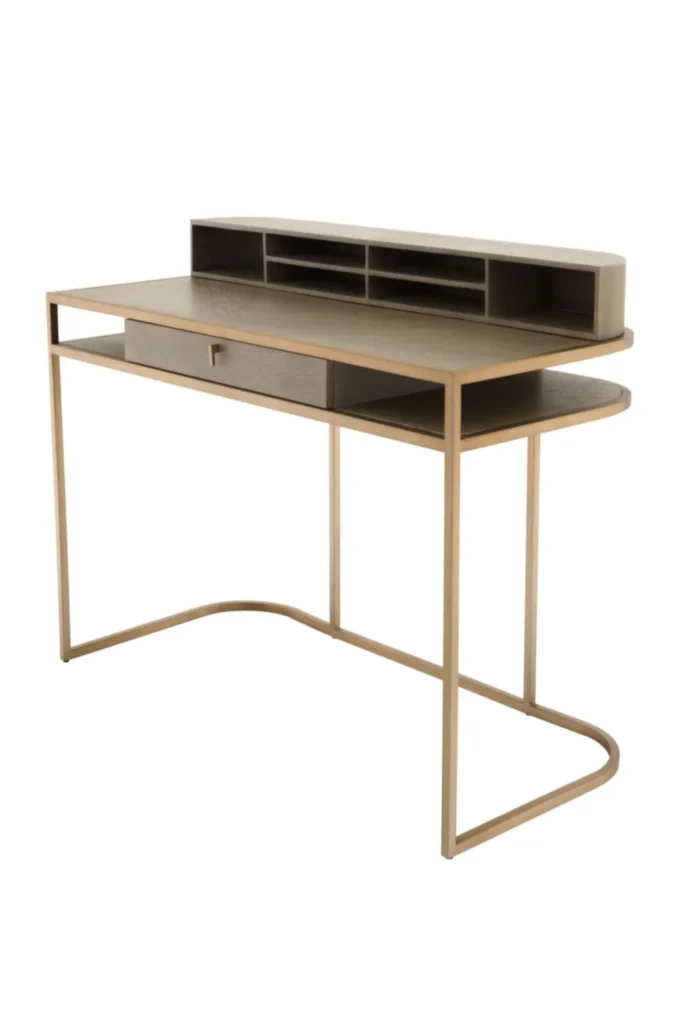


The trend of remote work necessitates that homeowners recognize the importance of adapting their spaces to meet professional standards. A functional home office is not merely an option but a requirement for many. By investing time and resources into establishing a productive work environment, individuals are better equipped to face the challenges of their professional roles while simultaneously enjoying the comforts of home. Thus, understanding and prioritizing the creation of a functional home office is integral to achieving success in today’s work landscape.
Essential Elements of an Effective Home Office Setup
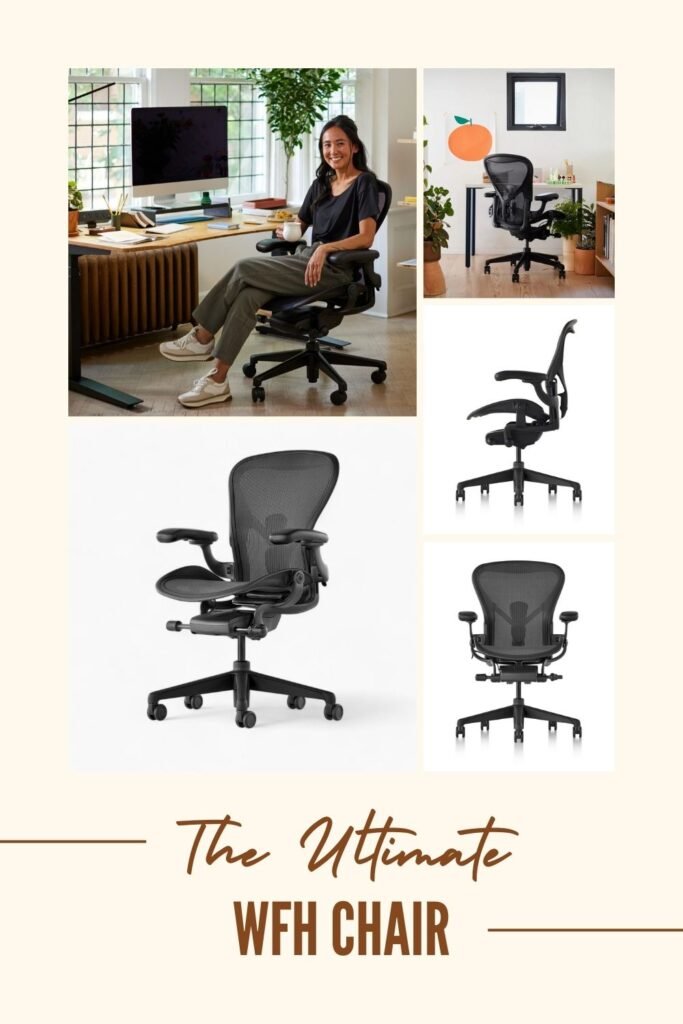
Creating a home office that fosters creativity and productivity relies on several essential elements. These components directly influence comfort and efficiency, ultimately shaping the overall work experience. One of the most crucial aspects is ergonomic furniture. Choosing a chair that provides adequate lumbar support, along with a desk at the right height, can significantly improve posture and reduce the risk of strain. For those who spend long hours working, investing in an adjustable sit-stand desk encourages movement throughout the day, which can enhance focus and well-being.
Lighting also plays a pivotal role in a functional home office. Natural light is ideal, as it can boost mood and energy levels; whenever possible, position the desk near a window to take advantage of outdoor daylight. To supplement natural lighting, it is important to select the right artificial lights. Task lighting, such as desk lamps with adjustable brightness, can alleviate eye strain and improve visual comfort during late-night work sessions.
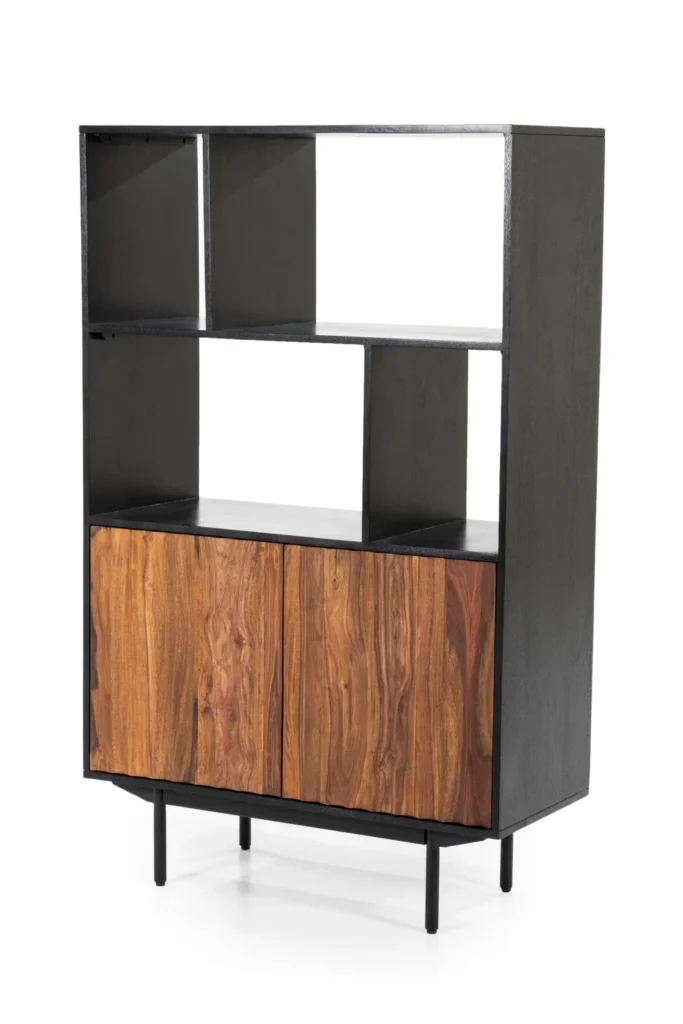
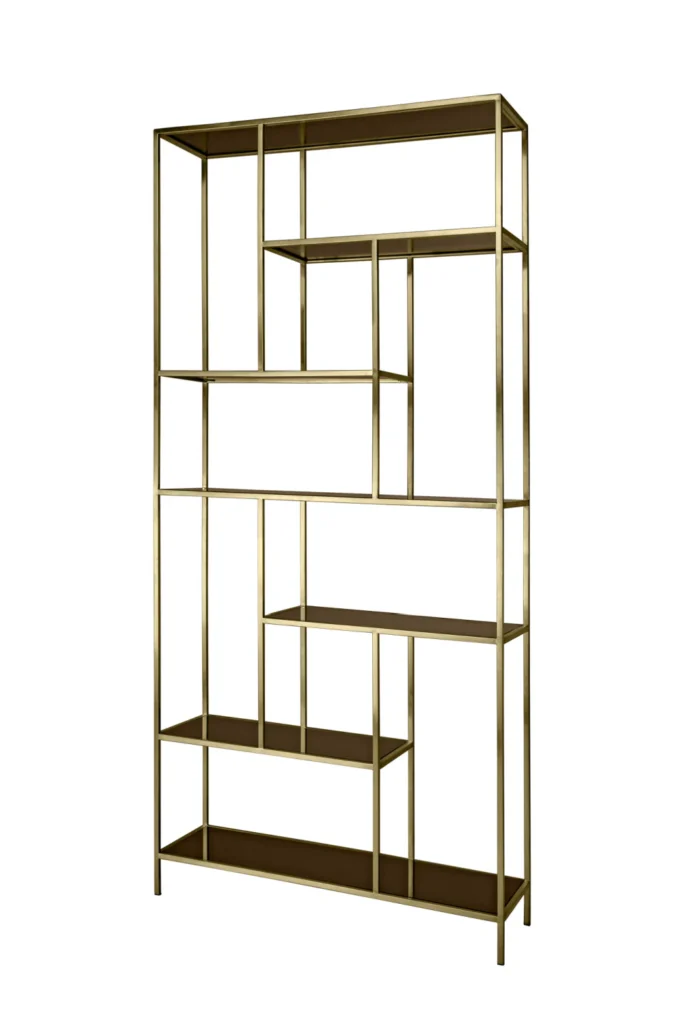
Organization systems are another critical component. An organized workspace minimizes distractions and promotes a clearer mindset. Utilize storage solutions like shelves, filing cabinets, and desk organizers to keep documents and supplies neatly arranged. Digital organization is equally important; employing cloud storage services and project management tools can streamline workflow and facilitate collaboration.
Lastly, personalizing the home office can significantly enhance motivation and creativity. Incorporating elements such as artwork, plants, or personal memorabilia allows individuals to create an inspiring environment that reflects their personality. These personal touches can make the workspace feel more comfortable and inviting, thereby increasing overall satisfaction and productivity. By carefully considering these essential elements, one can establish an effective home office setup tailored to enhance their work experience.
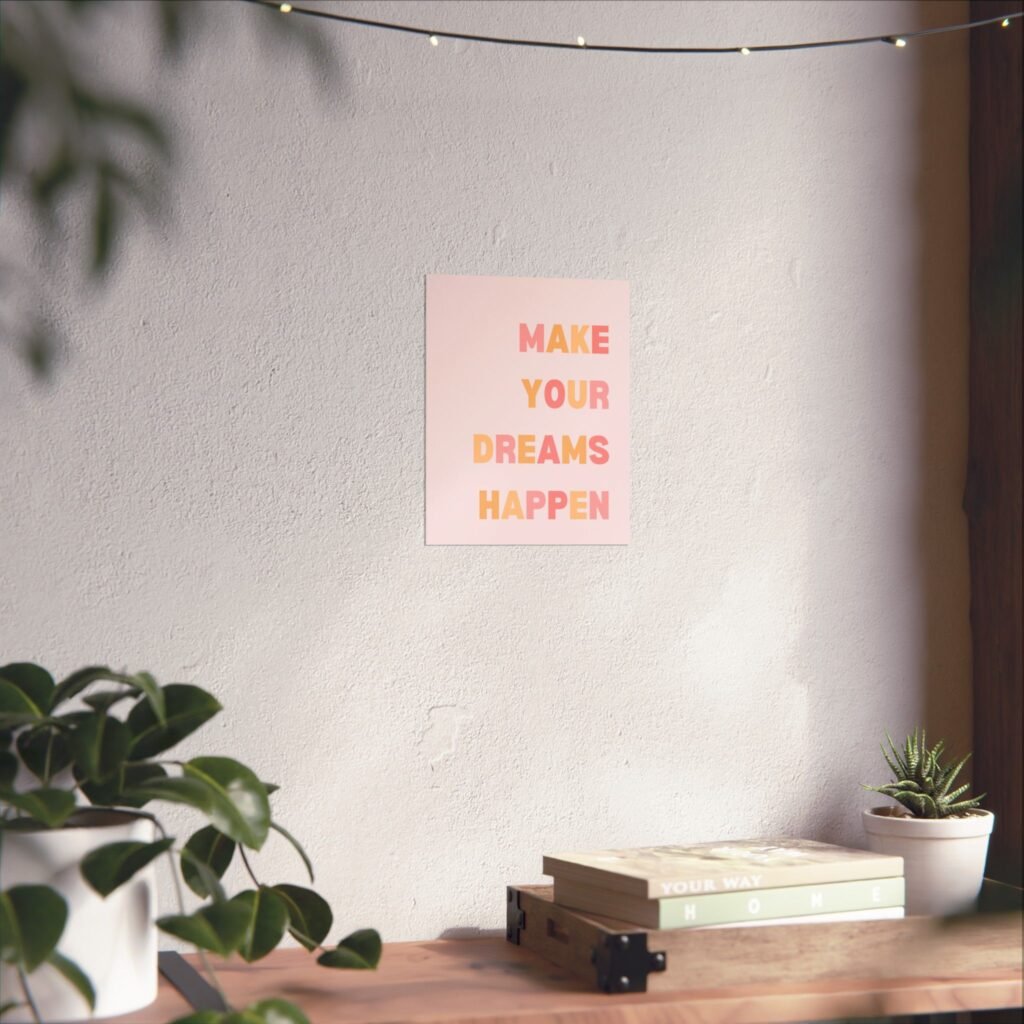
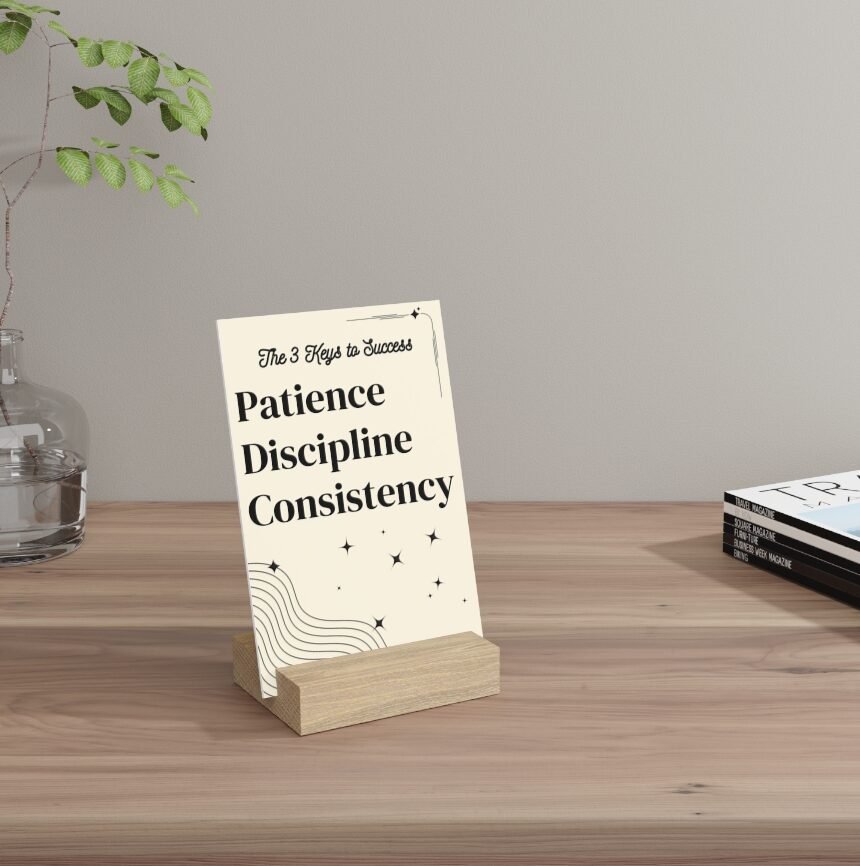
Designing for Creativity: How to Inspire Innovation in Your Workspace
Creating a home office that stimulates creativity is essential for enhancing productivity and fostering an innovative mindset. A vital element in designing such a space is understanding the psychology of color. Different colors can evoke various emotions and responses; for instance, blue is known to promote calmness and concentration, while yellow is often associated with optimism and creativity. Incorporating these colors into your workspace through paint, decor, or accessories can significantly influence your ability to think creatively and solve problems effectively.
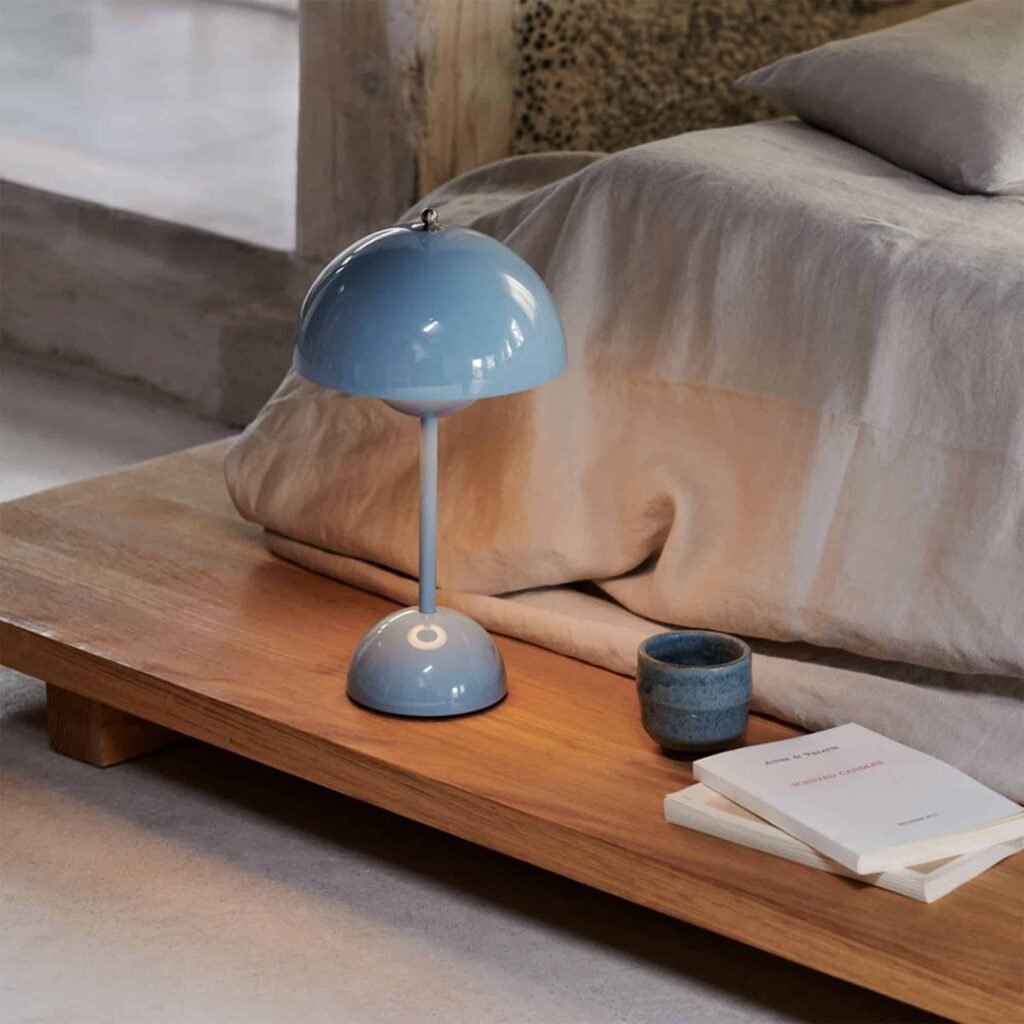
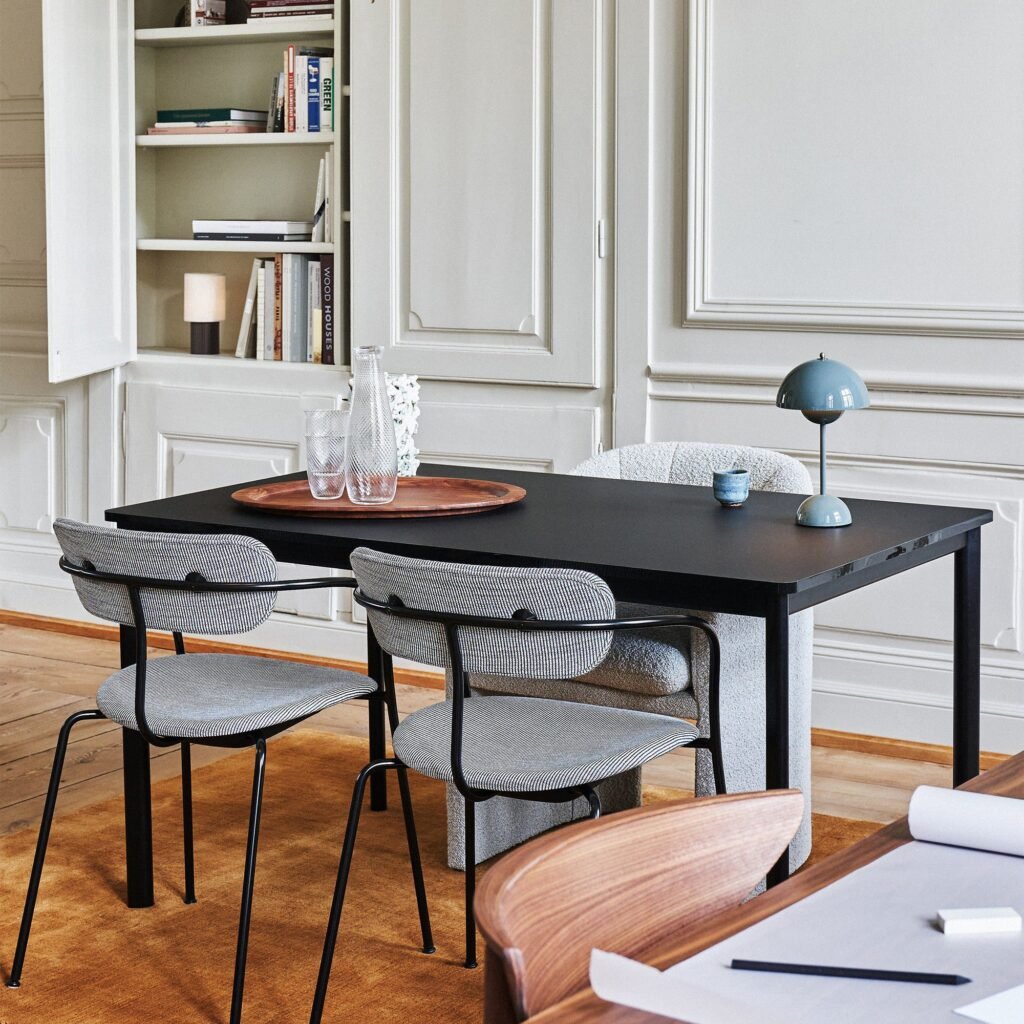
In addition to color, the inclusion of natural elements plays a crucial role in cultivating a creative environment. Studies have shown that natural light not only reduces eye strain but also boosts mood and energizes the mind. Positioning your desk near a window or utilizing light-enhancing strategies, such as mirrors, can maximize exposure to daylight. Furthermore, incorporating plants into your home office setup is highly beneficial. They not only purify the air but also promote a sense of tranquility and connection to nature, which can inspire innovative thinking and improve overall well-being.

Moreover, the arrangement of your workspace should cater to your unique work style while encouraging brainstorming and idea generation. Opt for flexible layouts that facilitate movement and collaboration. For example, employing multi-functional furniture can create more versatile spaces for different tasks— such as writing, brainstorming, or video conferencing. Additionally, including inspirational decor can serve to motivate and uplift your creativity. This could be in the form of art pieces that resonate with you, visionary quotes, or a mood board featuring your goals and aspirations. By curating a workspace that reflects your personal style and interests, you set a stage that invites creativity and innovation.
Maintaining Your Home Office for Optimal Performance
To ensure that your home office maintains high levels of productivity and creativity, regular maintenance and timely adjustments are essential. A well-organized and thoughtfully designed workspace fosters an environment conducive to enhanced focus and efficiency. Therefore, establishing key strategies for decluttering is paramount. Regularly assessing and removing unnecessary items helps to create a space that promotes clarity and purpose. Consider implementing a weekly or monthly schedule to evaluate which items remain essential and which can be discarded or relocated to reduce visual distractions.
Beyond decluttering, re-evaluating your workspace layout and making minor redesigns can significantly impact your productivity. A shift in the arrangement of furniture or equipment can facilitate improved workflow and ergonomics, ultimately enhancing your comfort during work hours. Taking time to rethink this layout in response to your evolving needs can help rejuvenate the creative aspects of your work. Additionally, as the seasons change, so too can your workspace dynamics. For example, incorporating natural light and seasonal decor may refresh your motivation and enthusiasm. Where possible, allow for flexibility in your home office design, adapting it to reflect both aesthetic preferences and functional requirements throughout the year.
Another crucial aspect of maintaining a productive home office is setting boundaries. Defining clear distinctions between work and personal life is vital for mental well-being. Establish designated work hours and stick to them diligently, allowing for breaks and downtime to recharge effectively. Supplement this with routines that include self-care practices, such as short walks or mindful moments, to avoid burnout. By ensuring that your work environment remains conducive to both productivity and personal balance, you can create a sustainable framework that supports long-term success in your home office endeavors.
*This page contains affiliate links where we may earn commissions if you make a purchase, at no extra cost to you*



